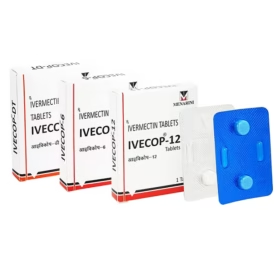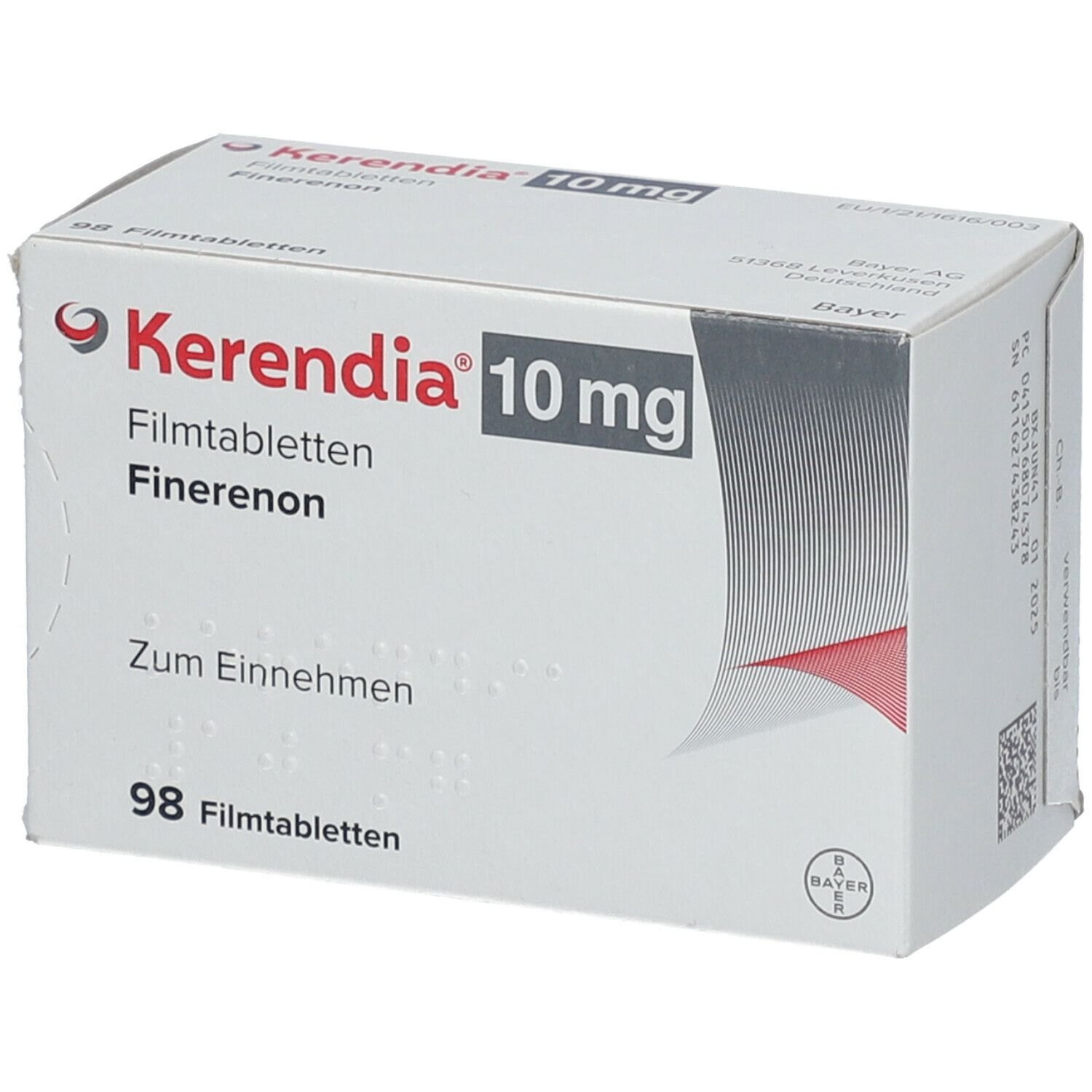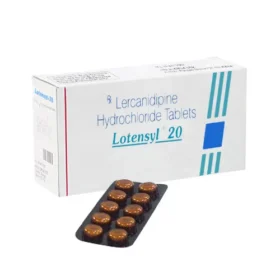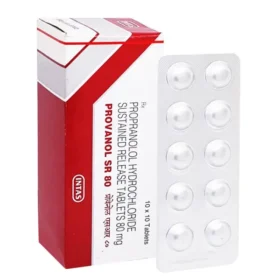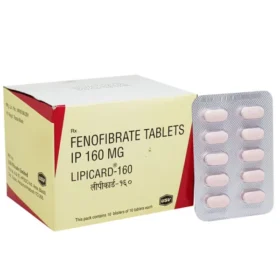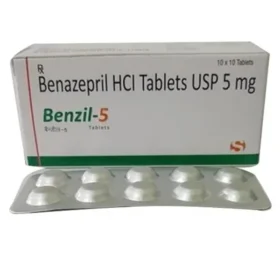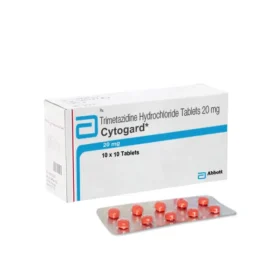- Your cart is empty
- Continue Shopping
Product
Kerendia (Finerenone)
Price range: $290.00 through $775.00
Kerendia (Finerenone) is an FDA-approved prescription medicine that helps protect kidney and heart health in adults with chronic kidney disease (CKD) linked to type 2 diabetes. By blocking overactive mineralocorticoid receptors, it reduces inflammation and fibrosis, lowering risks of kidney failure and cardiovascular complications. Clinical studies published on PubMed highlight its proven effectiveness. Learn more through trusted resources like Mayo Clinic, FDA.gov, and Drugs.com. Always consult your doctor for safe usage and monitoring guidelines.
Kerendia (Finerenone) is a prescription medicine that helps adults with type 2 diabetes and chronic kidney disease (CKD). It lowers the risk of kidney damage and heart problems. Doctors prescribe it to slow disease progression and protect long-term health. You can explore more about CKD and its treatments at Mayo Clinic and FDA.gov.
Key Benefits & Uses
Kerendia blocks harmful mineralocorticoid receptors, which often cause inflammation and scarring in the kidneys and heart. As a result, it reduces the chance of kidney failure and serious heart issues. Clinical studies published on PubMed confirm these benefits. You can also check Drugs.com and Healthline for more detailed information.
How to Use
Take Kerendia once a day, with or without food. Follow your doctor’s advice carefully and never change your dose on your own. If you want more instructions, you can read about safe medicine use on WebMD.
Important Safety Information
Your doctor will check your potassium levels and kidney function during treatment. If you already have high potassium or severe kidney problems, you should avoid Kerendia. Always ask your healthcare provider before starting this medicine. You can also review safety guidance on WHO.
Common Side Effects
Kerendia may cause:
-
High potassium levels
-
Low blood pressure
-
Dizziness
-
Tiredness
For more details, see the side effect lists on Drugs.com and WebMD.
Why Choose Kerendia?
Kerendia offers proven protection for your kidneys and heart if you live with type 2 diabetes and CKD. Unlike many other treatments, it directly targets the cause of damage, which makes it more effective. Trusted sources such as Mayo Clinic and FDA.gov highlight its importance for long-term care.
Additional Information
| Strength | 10 mg, 20 mg |
|---|---|
| Size | 28 Tablets, 56 Tablets, 84 Tablets |


